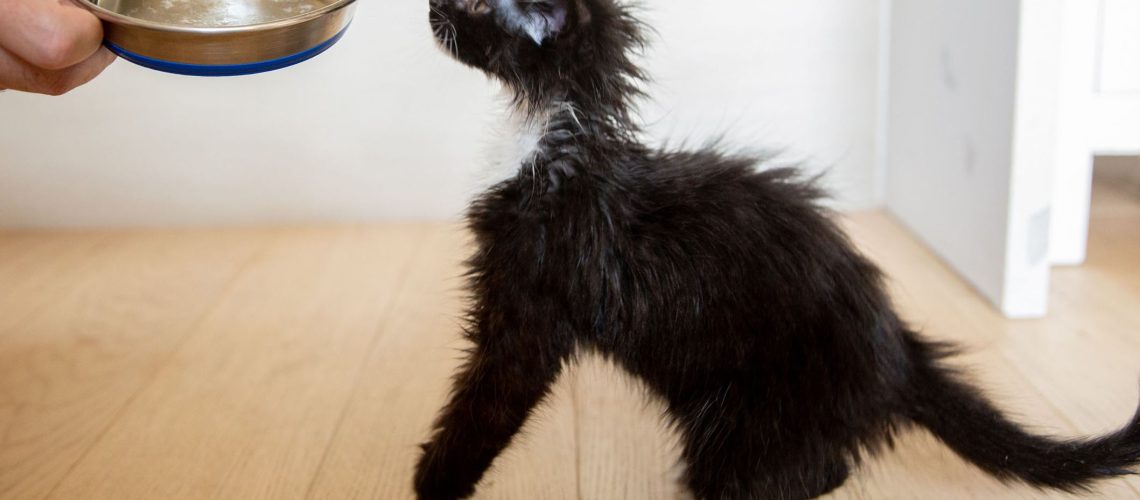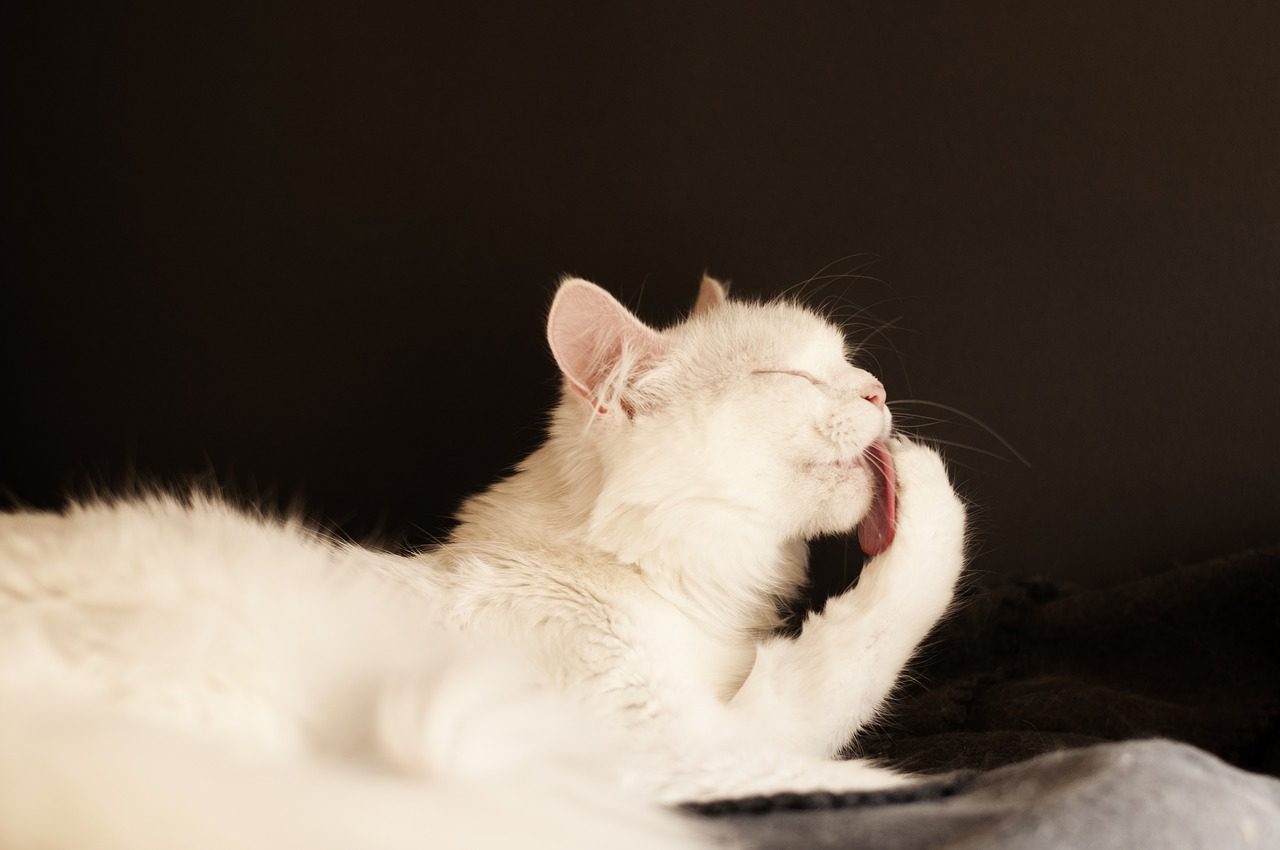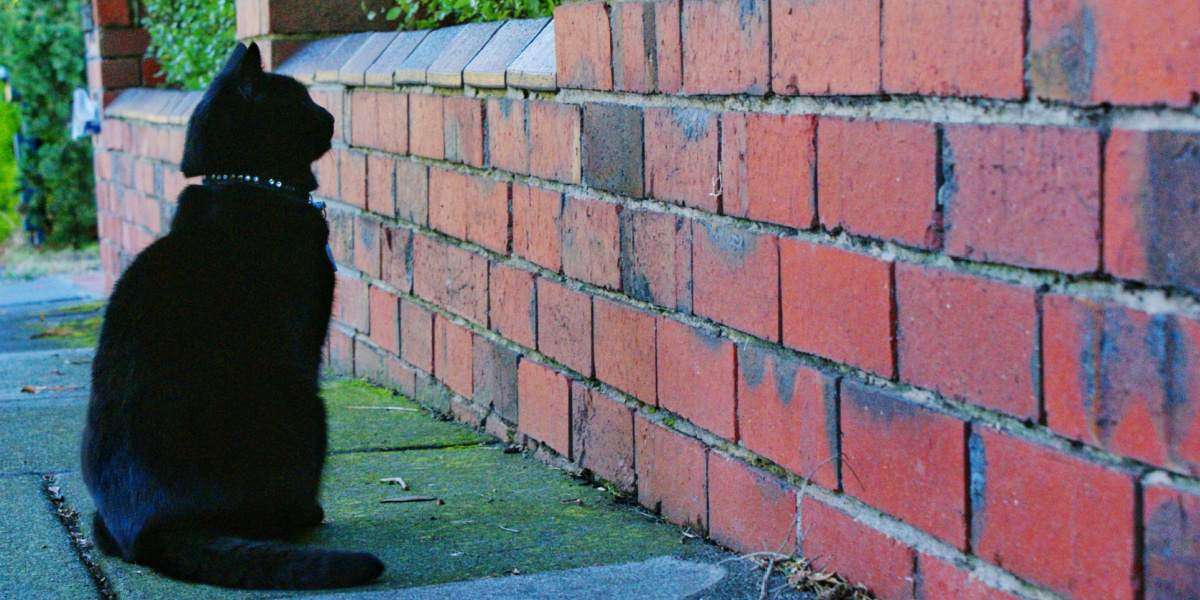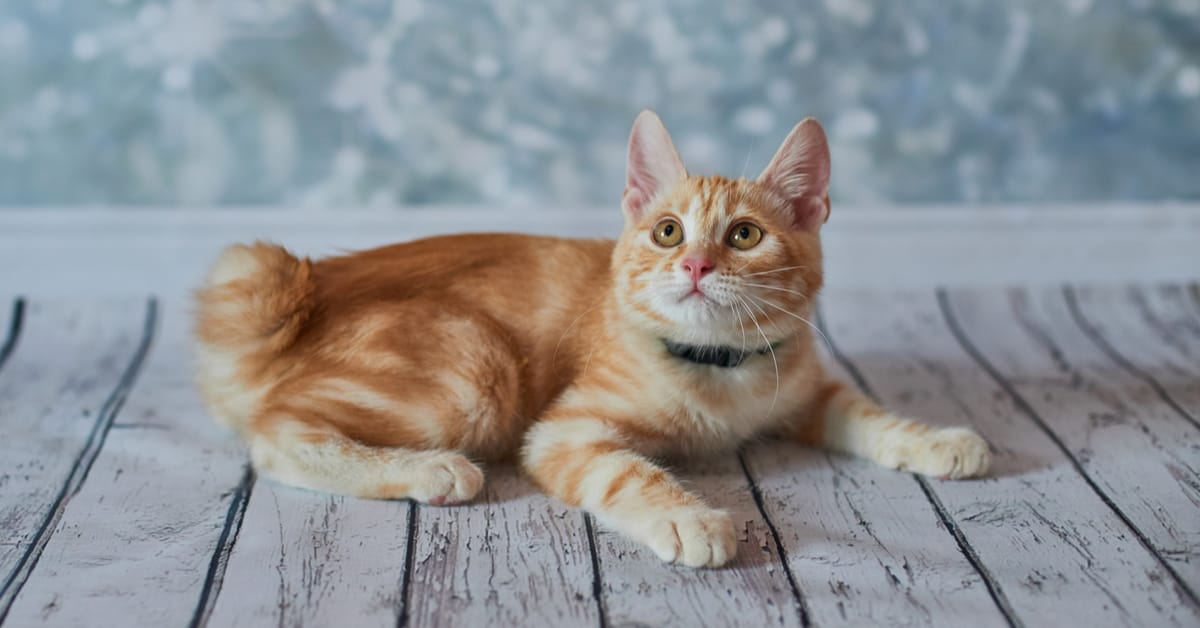Are you curious about why your furry feline friend engages in a peculiar post-meal ritual? You're not alone! Exploring the fascinating world of a cat's paw-dance ritual can provide valuable insights into their behavior and enhance your bond with them. Understanding this topic is essential as it allows us to decode their mysterious ways, uncovering the hidden meanings behind their actions. Join us on this captivating journey as we dive into the enchanting realm of cat behavior and unravel the secrets behind why they paw the floor after eating. Get ready to be amazed by what lies beneath those adorable whiskers and paws!
Key Takeaways:
- Cats paw the floor after eating to mark their territory and communicate with other cats.
- This behavior is instinctual and stems from their wild ancestors who would bury their food to hide it from predators.
- Pawing the floor can also be a way for cats to clean their paws or remove any residual food particles.
- Some experts believe that this ritual may help stimulate digestion or aid in the release of endorphins, providing a sense of satisfaction for the cat.
- While this behavior is generally harmless, excessive pawing or scratching may indicate an underlying medical issue or discomfort, and should be monitored by a veterinarian.
Why do cats paw the floor after eating?
The purpose of a cat's paw-dance ritual after a meal
Have you ever noticed your cat pawing the floor right after finishing their meal? This behavior, known as the "paw-dance," may seem strange, but it actually serves an important purpose for our feline friends. When cats paw the floor after eating, they are instinctively trying to bury their food. In the wild, this behavior helps them hide any leftover food from potential predators and keeps their hunting grounds clean.
Even though our domesticated cats no longer need to worry about predators in our homes, this instinctual behavior remains strong. By mimicking the actions of covering their food, cats feel a sense of security and satisfaction. It's like they are saying, "I have had enough to eat, and now I am protecting my territory."
Reasons why cats perform this behavior after meals
The paw-dance ritual is not only about burying food; it also serves other purposes. Here are some possible reasons why cats engage in this behavior:
- Mimicking hunting instincts: Cats are natural hunters, and even though they don't need to hunt for their meals anymore, they still retain their predatory instincts. Pawing at the ground after eating mimics digging into soil or leaves to cover prey.
- Scent marking: A cat's paws contain scent glands that release pheromones when they scratch or dig at something. By pawing at the floor after eating, cats leave their scent behind as a way of marking their territory.
- Cleaning up: Cats are known for being clean animals. After finishing a meal, they may paw at the floor to tidy up any crumbs or food particles that have fallen outside their bowl.
Why do some cats paw the floor more vigorously than others after eating?
Just like humans have different personalities, cats also display unique behaviors and preferences. Some cats may perform the paw-dance ritual more vigorously than others, and there could be a few reasons for this:
- Energy release: Cats are naturally energetic creatures, and vigorous pawing can be a way for them to release excess energy after a satisfying meal.
- Territorial marking: Cats with a stronger desire to assert their territory may engage in more intense pawing behavior as a way of leaving a stronger scent mark.
- Breed tendencies: Certain cat breeds, such as Maine Coons or Bengals, are known for being more active and playful. These breeds may exhibit more vigorous pawing behavior compared to others.
The connection between a cat's paw-dance ritual and their wild instincts
Cats have been domesticated for thousands of years, but they still retain many of their wild instincts. The paw-dance ritual after eating is just one example of how these instincts manifest in our pet cats. By understanding this behavior, we can gain insight into the fascinating world of our feline companions.
In the wild, burying food helps protect it from scavengers and keeps hunting territories hidden from rivals. While our indoor cats don't face these same challenges, their innate instincts drive them to perform similar actions. It's incredible how these ancient survival skills continue to shape the behaviors of modern-day house cats!
Do all cats engage in the pawing behavior, or is it more common in certain breeds?
The paw-dance ritual is a behavior commonly observed in many cats, regardless of breed. However, the intensity and frequency of this behavior may vary from cat to cat. Some cats may paw the floor after every meal, while others may only do it occasionally.
It's important to remember that each cat is an individual with their own unique personality and preferences. While some cats may engage in the pawing behavior more frequently, others may not exhibit it at all. As a pet owner, it's essential to observe your cat's behaviors and understand what is normal for them.
The purpose of a cat's paw-dance ritual after a meal
Understanding the behavior
After a satisfying meal, you may have noticed your feline friend engaging in a peculiar ritual known as the paw-dance. This behavior involves your cat rhythmically pawing at the floor or ground, almost as if they are trying to bury their food. While it may seem odd, there is actually a purpose behind this post-meal routine.
Instinctual behavior
The paw-dance ritual can be traced back to cats' wild instincts. In the wild, cats would often cover their leftover prey with dirt or leaves to hide any scent that could attract predators. Even though our domesticated cats no longer need to worry about predators lurking around their food bowls, this instinctual behavior remains ingrained in their DNA.
During the paw-dance, your cat is essentially mimicking this natural instinct by attempting to bury their uneaten food. It's their way of showing that they are done eating and protecting their resources from potential threats.
So, while it may not serve a practical purpose in our modern homes, the paw-dance after a meal is deeply rooted in your cat's primal instincts.
How does pawing the floor help cats after they eat?
Aiding digestion
Have you ever wondered why some cats engage in more vigorous pawing than others after finishing their meals? The answer lies in how this behavior can actually benefit their digestion process.
When a cat paws at the floor or ground after eating, it helps stimulate blood flow and massage their digestive organs. This gentle pressure on their stomach can aid in breaking down food and promoting better digestion. Additionally, by moving around and stretching during the paw-dance ritual, cats can prevent discomfort caused by overeating or bloating.
While not all cats may exhibit this behavior, those that do are instinctively helping their bodies process the food they have consumed. So, the next time you witness your furry companion pawing away after a meal, know that they are simply assisting their digestive system.
Reasons why cats perform this behavior after meals
Maintaining cleanliness
Cats are known for their impeccable grooming habits and desire for cleanliness. The paw-dance ritual after a meal serves another purpose beyond instinctual behavior and aiding digestion - it helps maintain hygiene.
By pawing at the floor or ground, your cat is attempting to cover up any remnants of their meal. This action mimics the burying behavior seen in the wild, where cats would hide leftover prey to prevent attracting scavengers or other predators. Even though there may not be any immediate threats in your home, this ingrained instinct drives them to keep their surroundings clean and free from potential odors.
Additionally, by covering their food with imaginary dirt through the paw-dance ritual, cats can also mark their territory subtly. This territorial marking is a way for them to establish ownership over their feeding area and communicate with other animals in the household.
So, while it may seem like a quirky habit, remember that your cat's post-meal paw-dance serves multiple purposes - from maintaining cleanliness to asserting dominance over their territory.
Why do some cats paw the floor more vigorously than others after eating?
Individual differences
Just like humans have unique personalities and preferences, so do our feline companions. The intensity of a cat's paw-dance after eating can vary from one individual to another due to several factors.
One possible reason for varying levels of vigor in this behavior is related to each cat's personality traits. Some cats naturally have more energetic or playful dispositions, leading them to engage in more vigorous pawing. On the other hand, more laid-back or relaxed cats may exhibit a gentler paw-dance.
Another factor that influences the intensity of the paw-dance is the cat's overall satisfaction with their meal. Cats that are particularly pleased with their food may show more enthusiasm in their post-meal ritual, while those who are less satisfied may display a milder version of the behavior.
It's important to note that while some cats may not engage in the paw-dance at all, it doesn't necessarily indicate any health issues or abnormal behavior. Each cat is unique, and their individual differences contribute to the varying levels of intensity in this intriguing post-meal ritual.
The connection between a cat's paw-dance ritual and their wild instincts
Uncovering ancestral behaviors
As we've explored earlier, the paw-dance ritual after a meal is deeply rooted in your cat's wild instincts. Understanding this connection can provide fascinating insights into our feline friends' behaviors.
Cats' ancestors were solitary hunters who needed to be cautious about attracting predators or competitors to their food sources. By burying leftover prey or covering it with dirt, they could minimize any potential risks associated with leaving scent trails.
Although domesticated cats no longer face these threats within our homes, their instincts remain intact. The paw-dance after eating serves as a vestige of these ancestral behaviors, reminding us of their evolutionary history.
This connection to their wild instincts also highlights how our furry companions still possess innate survival skills and maintain a strong link to their ancient lineage. So, next time you witness your cat engaging in the post-meal paw-dance, take a moment to appreciate this fascinating glimpse into their primal nature.
Do all cats engage in the pawing behavior, or is it more common in certain breeds?
Breed tendencies and individual preferences
While the paw-dance ritual is observed in many cats, it's important to note that individual preferences and breed tendencies can influence the frequency of this behavior.
Certain cat breeds are more prone to exhibit the pawing behavior after meals. For example, Siamese and Oriental breeds are known for their active and playful nature, which often translates into more vigorous paw-dancing. On the other hand, some breeds may display a milder or less frequent version of this behavior.
However, it's crucial to remember that not all cats within a specific breed will engage in the paw-dance ritual. Just like humans, cats have unique personalities and preferences that go beyond breed characteristics. Some individual cats may simply not feel inclined to perform this behavior, regardless of their breed.
Ultimately, whether a cat engages in the post-meal paw-dance or not depends on various factors such as their personality, instincts, and individual preferences rather than solely on their breed.
In conclusion, the paw-dance ritual that cats do after eating is a natural behavior. It helps them mark their territory and clean their paws, ensuring they stay safe and healthy.
Why do cats paw at the floor after eating?
Cats worldwide exhibit this behavior, which is similar to "food caching" seen in larger feline species. It is important to have your cat neutered at the right age to prevent urine marking.
Why does my cat scratch the floor near his food?
Why does my cat scratch around her food bowl on the floor? Cats may do this to cover up the scent or appearance of their food. It is a natural behavior for cats and is not something to worry about.
Why do cats scratch the floor after pooping?
Cats that scratch the floor or wall after using the litter box are typically expressing their dissatisfaction with either the litter box itself or the type of litter being used. This behavior often indicates that the litter box is too small for the cat or there is an inadequate amount or an excessive amount of litter in the box.
Why do cats paw at water bowl before drinking?
Cats often slap at their water dishes as a way to create movement in the water, which helps them feel more at ease when drinking. If your cat frequently swats at the water in her bowl before drinking and prefers drinking from the tap when it's turned on, this behavior may be the explanation.
What does it mean when cats knead the floor?
Cats have a strong instinct to mark their territory through scent-related communication. They rely on scent markers, such as scratching and kneading, to claim an area and communicate with other cats. When a cat scratches or kneads, it deposits its scent from the glands in its paws, signaling to other animals that it has been there.
Why does my cat knock over her food bowl?
When cats are bored, they might play with their food as a way to mentally stimulate themselves. If a cat is bored, it may start engaging in destructive behaviors such as flipping their food bowl or scratching furniture. To prevent boredom, cats require regular enrichment that provides both physical and mental stimulation.

















